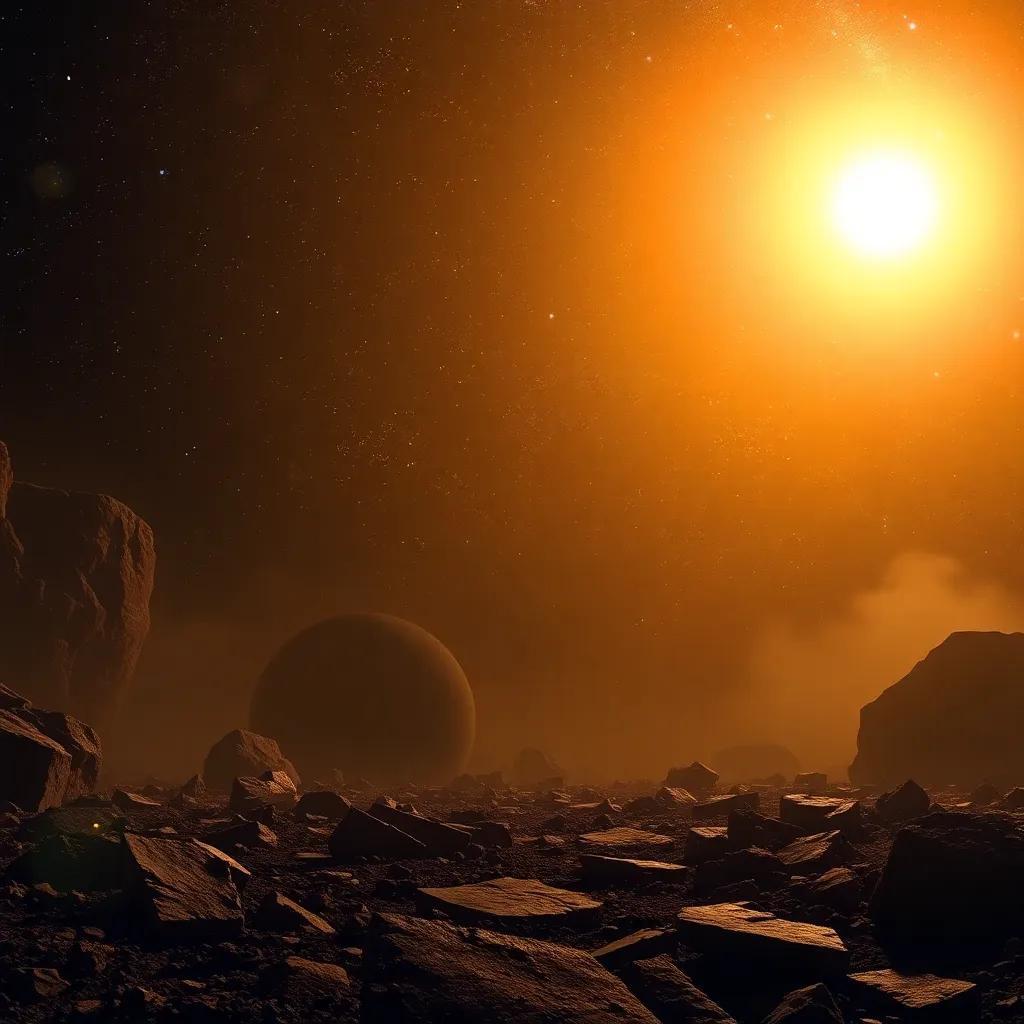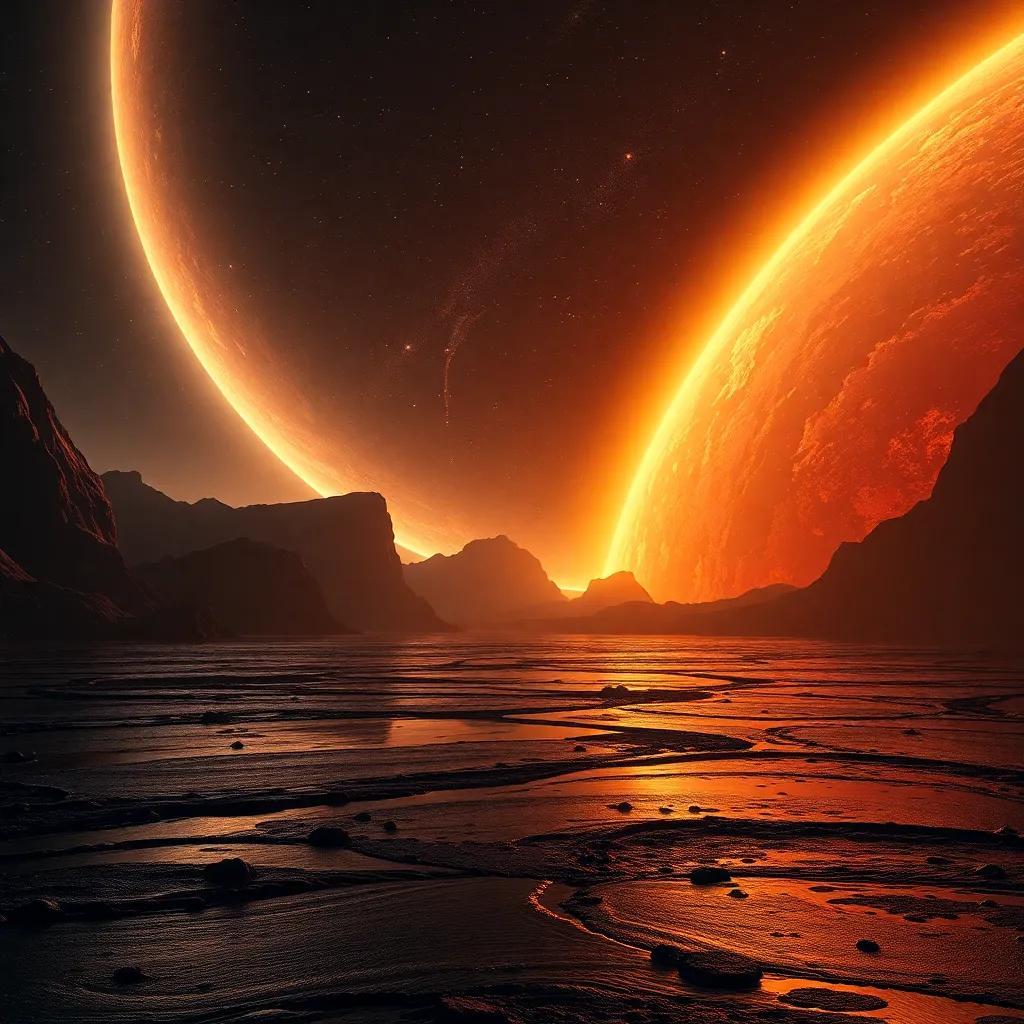Table of Contents
Celestial Puzzles Unlocked

What if the fate of our universe rested in the remnants of colossal stars? Neutron stars, the dense cores left after supernova explosions, hold gritty secrets about the cosmos that could reshape our understanding of existence. Their extreme environments adn unique properties make them pivotal clues in the quest to uncover the universe’s fate. We will delve into their formation, the nature of their gravitational pull, and how they might unveil future cosmic scenarios.
Formative Elements of Neutron Stars
Neutron stars are born from massive stars that have tired their nuclear fuel. When they collapse, gravity compresses their cores into an incredibly dense state. This enigmatic transformation is what gives neutron stars their unique characteristics. Here’s a glimpse into the process:
- Massive Star Identity: These stars must be at least 8 times the mass of our sun.
- Explosive End: Upon exhausting fuel, they explode in supernova events.
- Density: A neutron star’s matter is so compressed that a sugar-cube-sized amount would weigh about as much as an entire mountain.
Data Snapshot Box
- Mass: 1.4 times that of the Sun (typical)
- Diameter: Approximately 20 kilometers
- Density: ~4 x 10^17 kg/m³ (as dense as an atomic nucleus)
Gravitational forces around neutron stars are extreme, influencing nearby objects and allowing astronomers to study their effects. Understanding these forces can provide vital insights into the future trajectory of our universe.
The Cosmic Time Capsule
Neutron stars are often described as “cosmic time capsules.” Their incredible density and unique composition can illustrate how matter behaves under extreme conditions. As these stars age, they emit gravitational waves, which are ripples in spacetime that can carry details about their origins. Here’s how they serve as time capsules:
- Age Determination: The emitted energy fades over time, offering clues about their age and formation.
- Wave Detection: Observatories like LIGO detect gravitational waves, informing us of their collisions and mergers.
- Ancient Physics: Studying these events helps physicists probe conditions similar to those in the early universe.
Case Study Snapshot
The collision of two neutron stars, detected in August 2017, generated both gravitational waves and electromagnetic signals.This groundbreaking event allowed scientists to study the formation of heavy elements like gold and platinum, highlighting these stars’ pivotal role in cosmic chemistry.
The insights gleaned from these collisions can inform theories about the ultimate fate of the universe.
Future Cosmic Scenarios Revealed
As we explore deeper into the nature of neutron stars, we uncover implications for our universe’s fate-specifically through their role in cosmic evolution. Their interactions and remnants might point toward several outcomes:
- Expansion vs. Collapse: Neutron stars can reveal how galaxies evolve, influencing thoughts on whether the universe will expand indefinitely or collapse under its own weight.
- Black Hole Formation: The merging of neutron stars may lead to black holes, changing our understanding of dark matter and energy.
- Matter Behavior Insights: Analyzing neutron stars might provide new physics laws, potentially reshaping our theories on the essential components of the universe.
These observations may hint at a “big Freeze”, where the universe continues to expand and cool, or a “Big Crunch”, leading to eventual collapse. Each possibility teeters on the outcomes of neutron star dynamics.
Cosmic Connections Explored

Neutron stars serve as cosmic messengers, revealing the mysteries of our universe and its destiny. The study of these exotic objects enriches our understanding of cosmic phenomena, influencing theories about our universe’s fate.
The most crucial takeaway: neutron stars might hold the key to unlocking the universe’s ultimate destiny.
Are you ready to keep yoru eyes on the stars and contemplate the captivating fate that awaits our universe?



